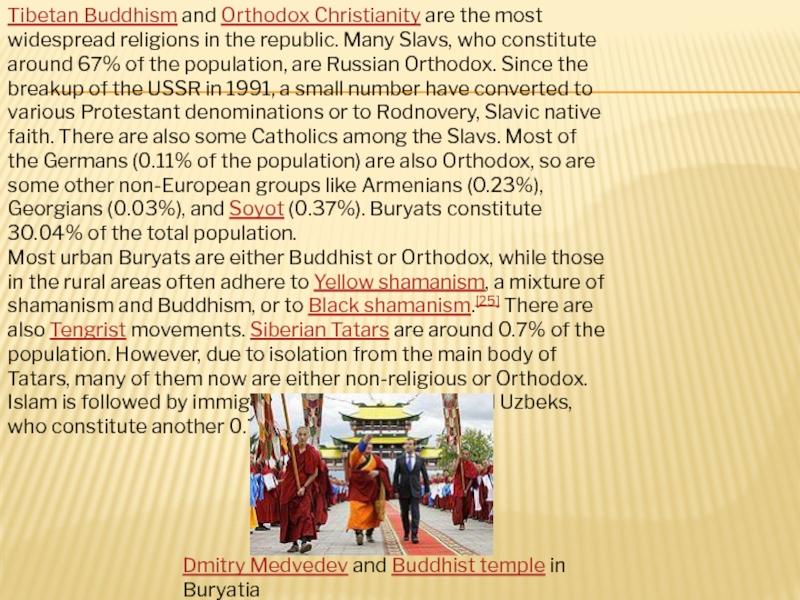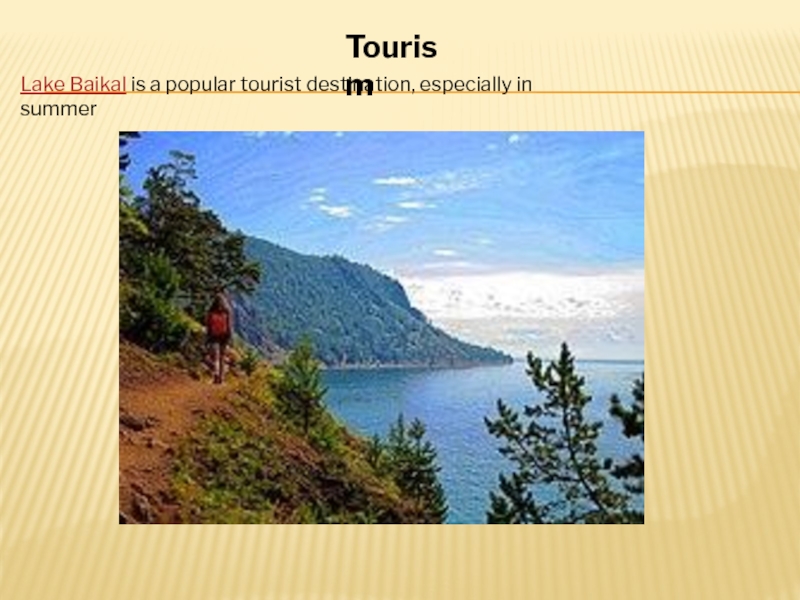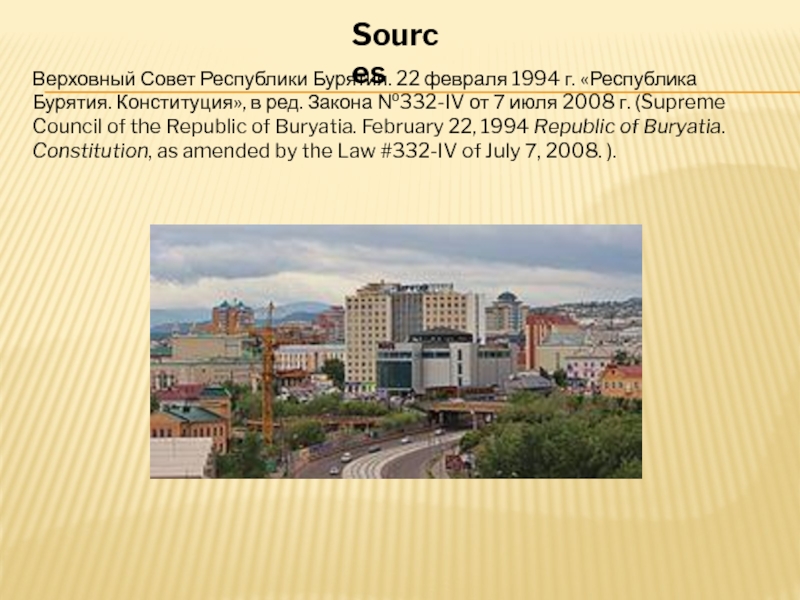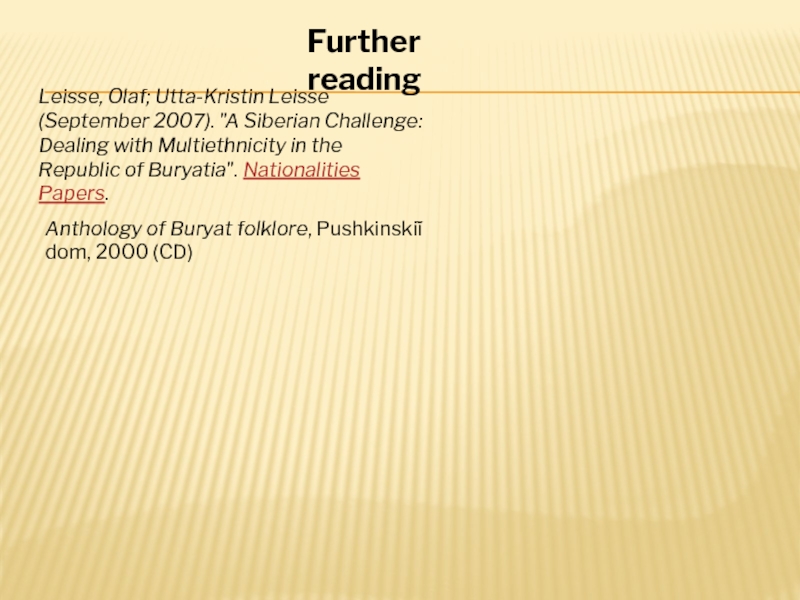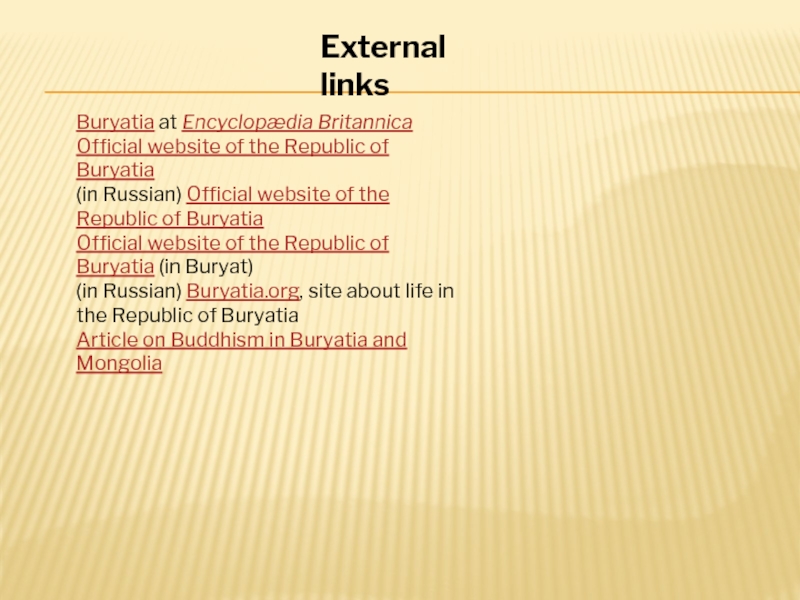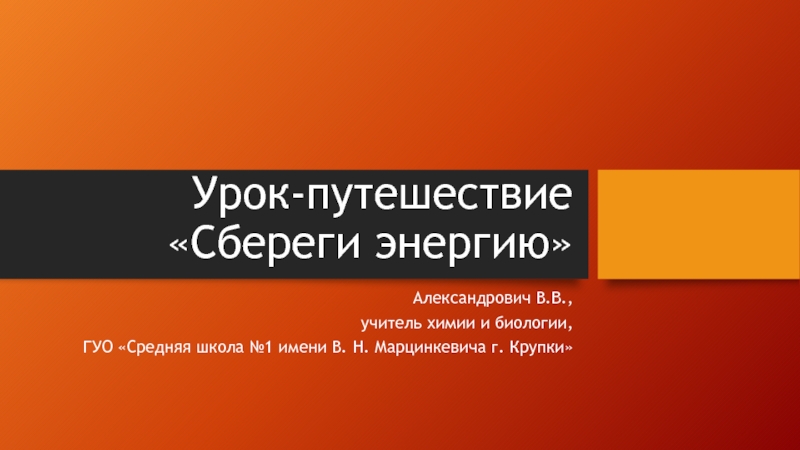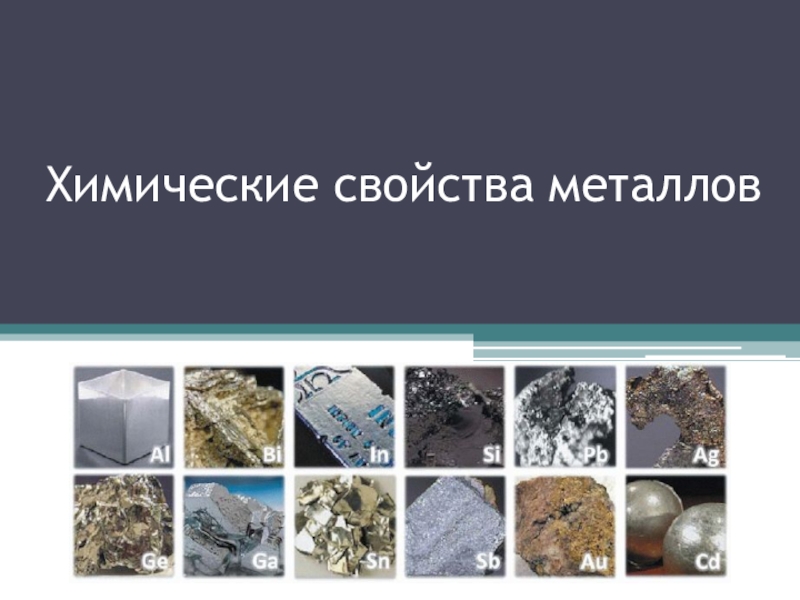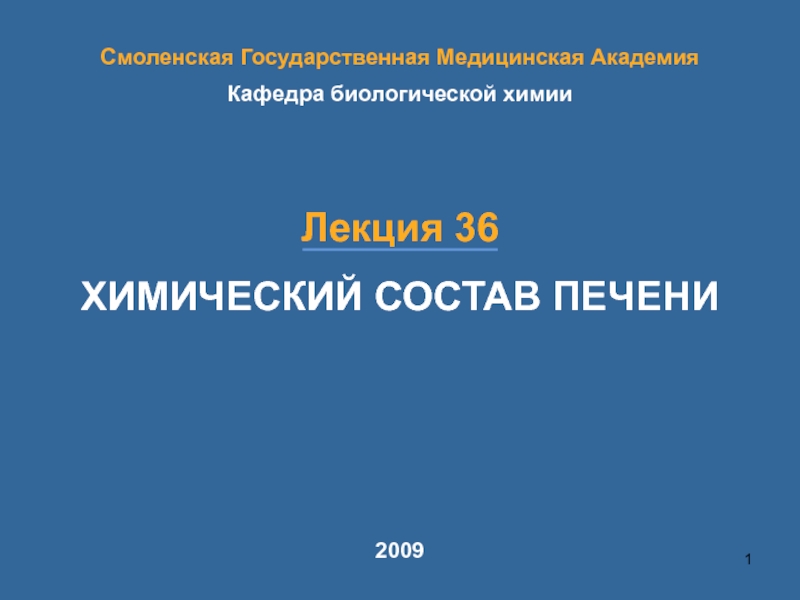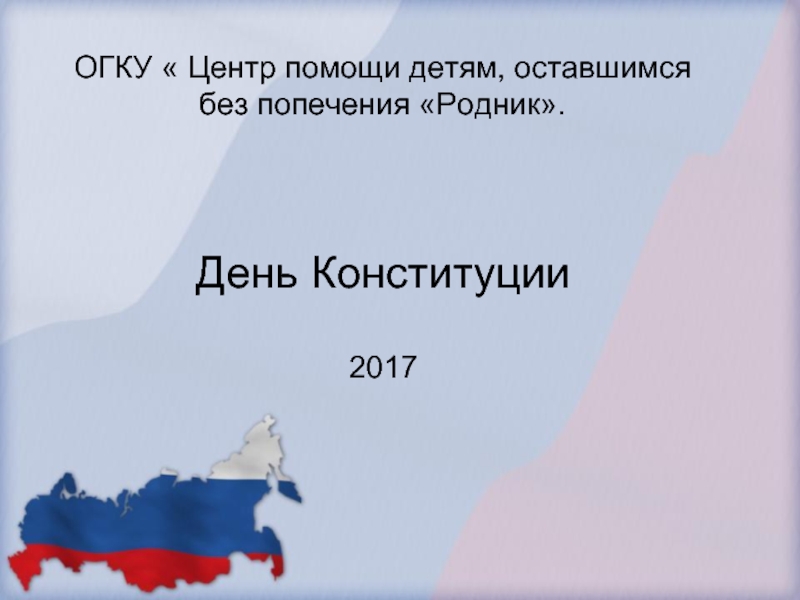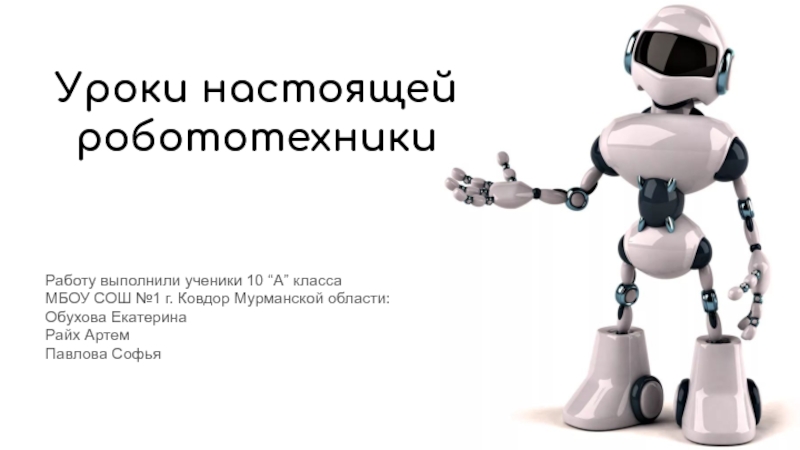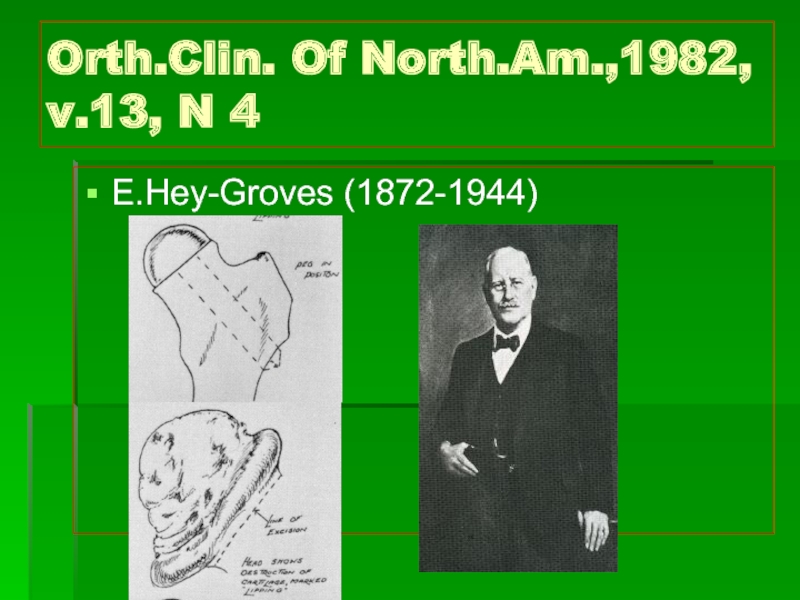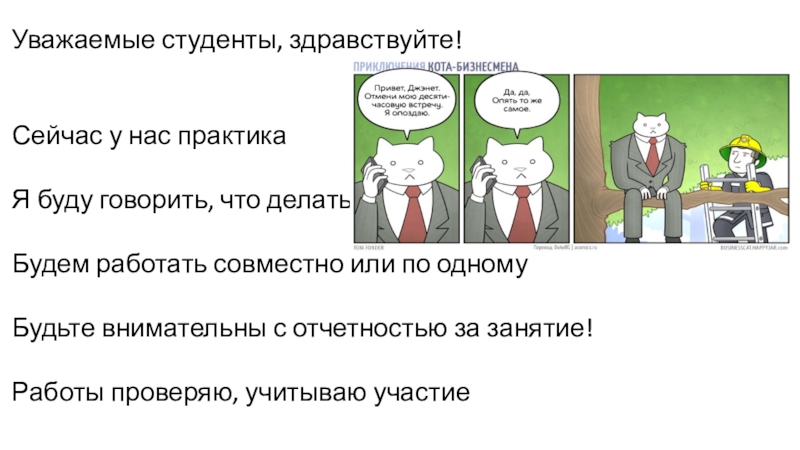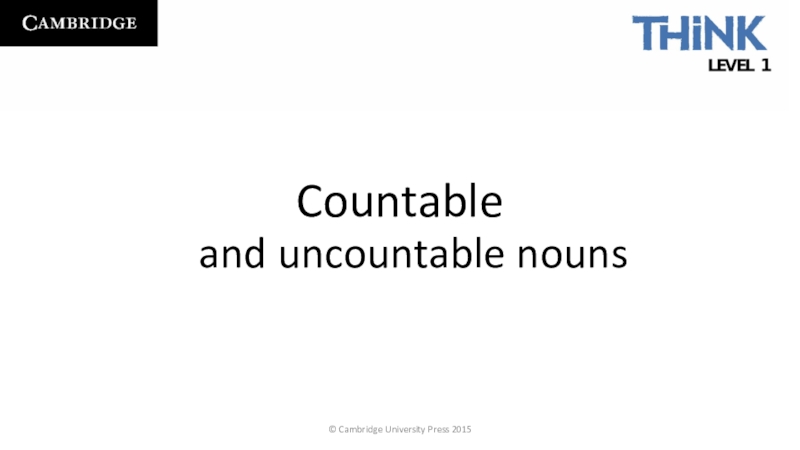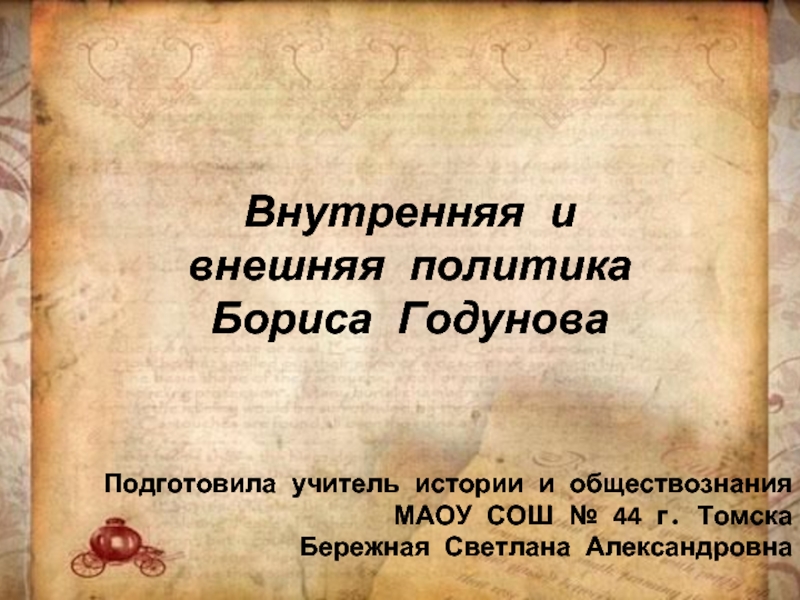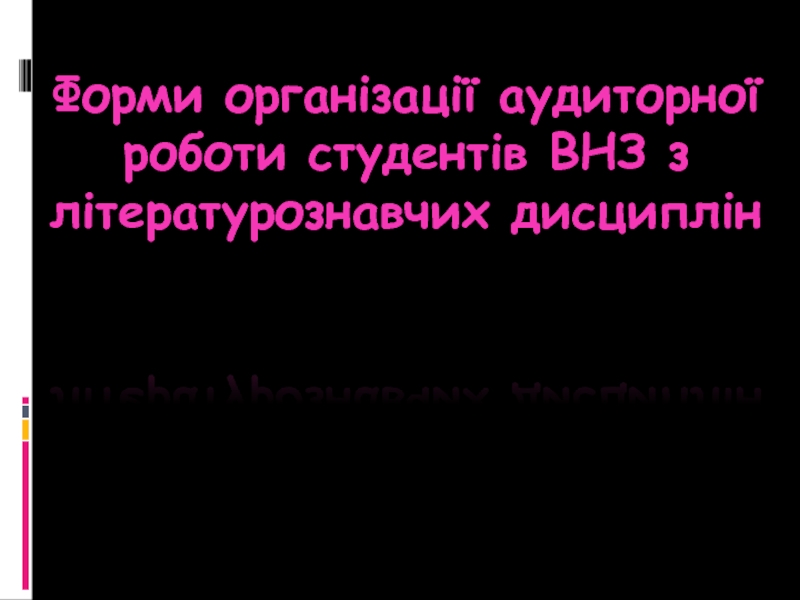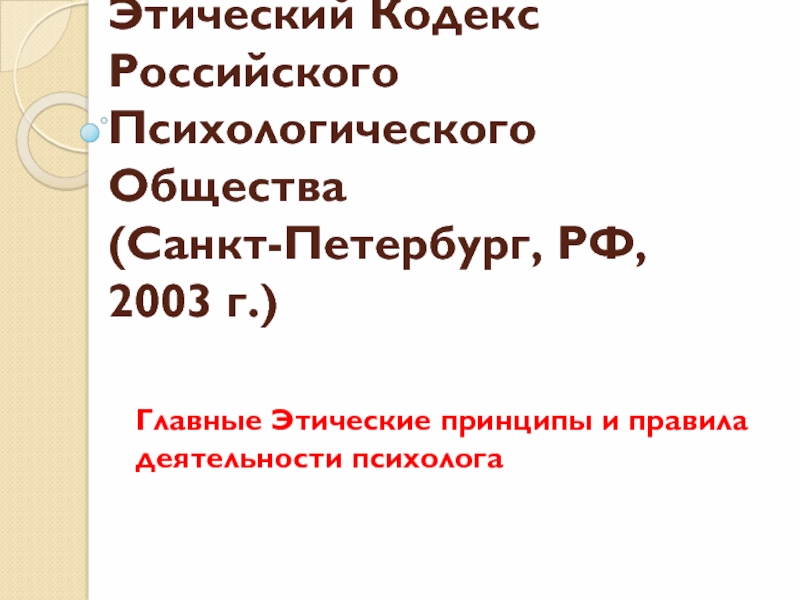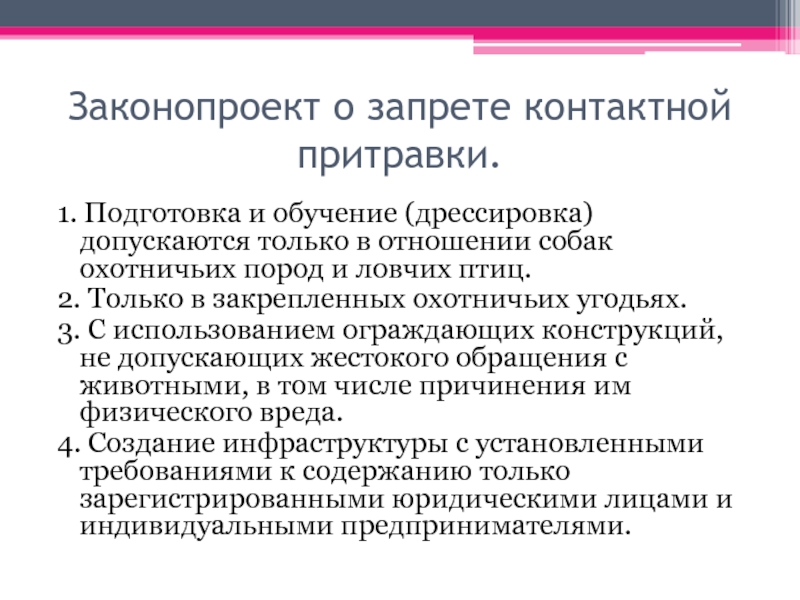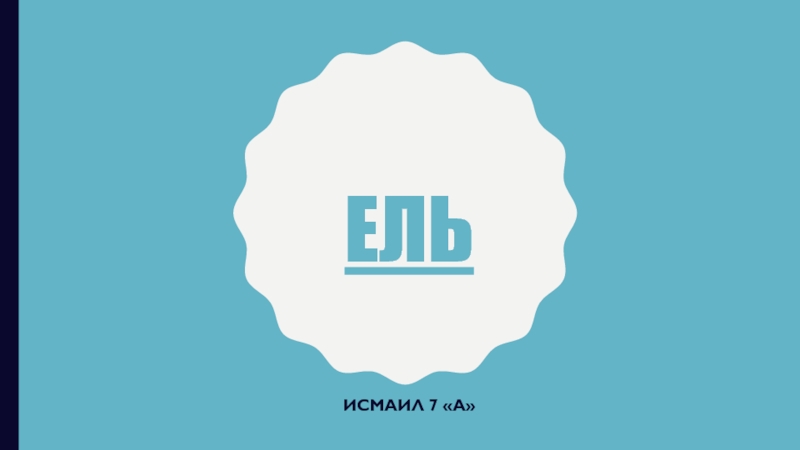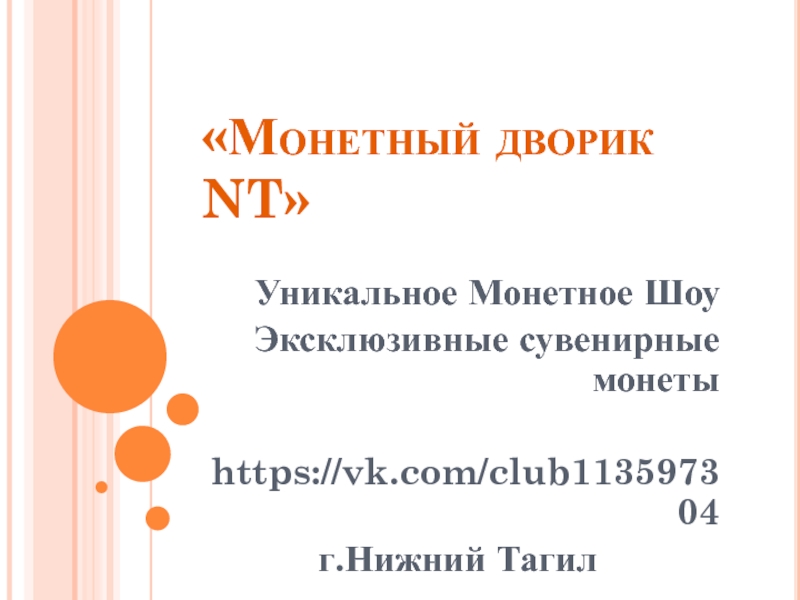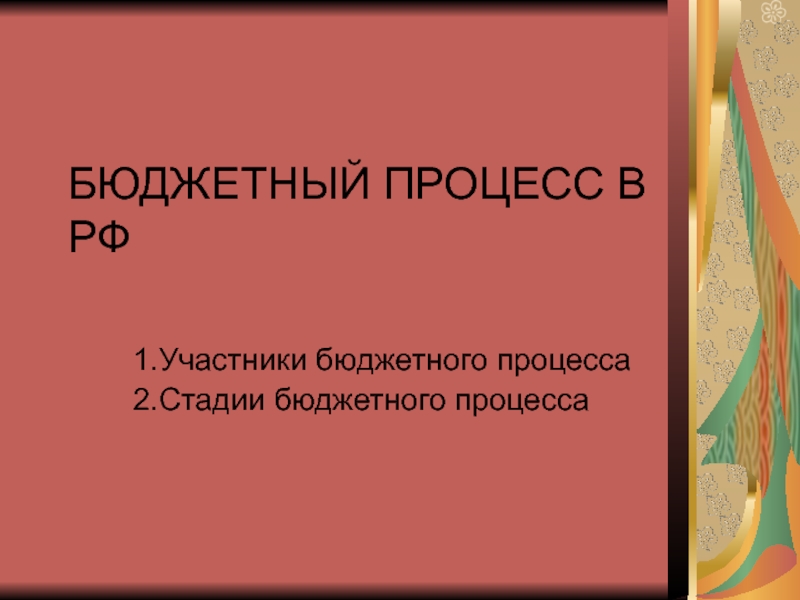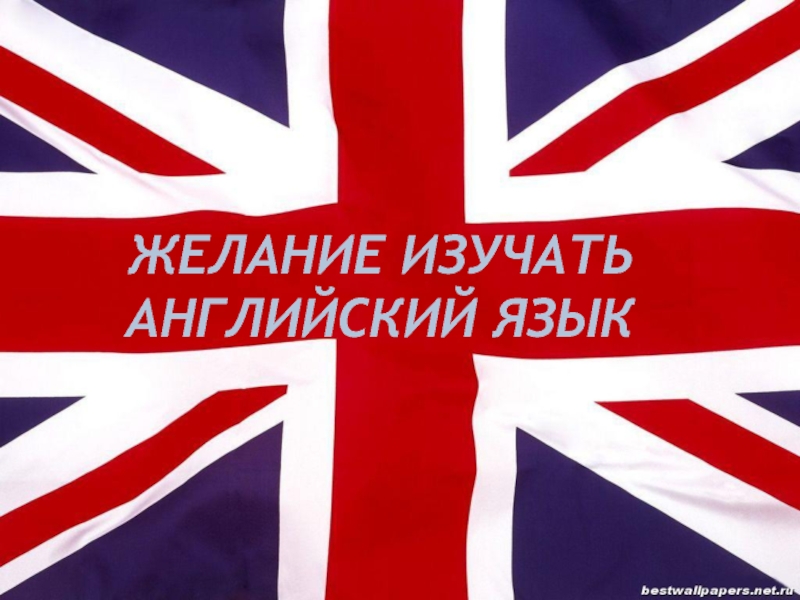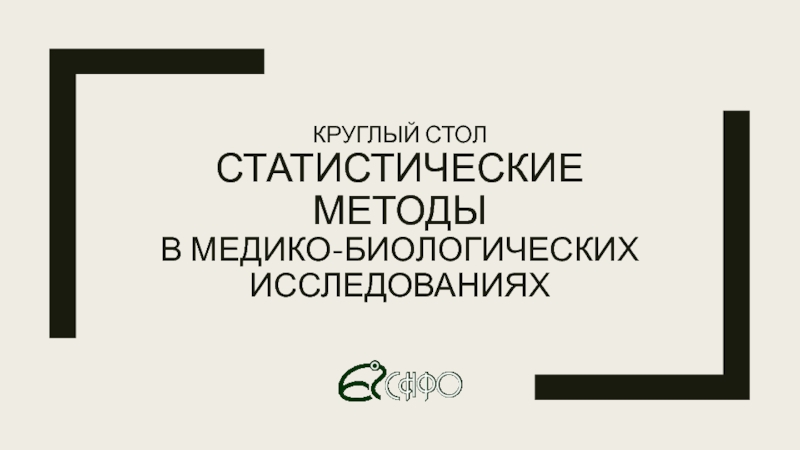Разделы презентаций
- Разное
- Английский язык
- Астрономия
- Алгебра
- Биология
- География
- Геометрия
- Детские презентации
- Информатика
- История
- Литература
- Математика
- Медицина
- Менеджмент
- Музыка
- МХК
- Немецкий язык
- ОБЖ
- Обществознание
- Окружающий мир
- Педагогика
- Русский язык
- Технология
- Физика
- Философия
- Химия
- Шаблоны, картинки для презентаций
- Экология
- Экономика
- Юриспруденция
Buryatia I s done by a student : Perevalova Angelina Verify : Dyachenco E. A
Содержание
- 1. Buryatia I s done by a student : Perevalova Angelina Verify : Dyachenco E. A
- 2. BuryatiaThe Republic of Buryatia is a federal
- 3. GeographyThe republic is located in the south-central
- 4. MountainsOver 80% of the republic's territory is
- 5. DemographicsPopulation: 972,021 (2010 Census);981,238 (2002 Census);1,041,119 (1989 Census).
- 6. HistoryMongolic-related Slab Grave cultural monuments are found
- 7. PoliticsThe head of the Republic is the
- 8. EconomyThe republic's economy is composed of agricultural
- 9. ReligionTraditionally, Buryats adhered to belief systems which
- 10. Tibetan Buddhism and Orthodox Christianity are the
- 11. TourismLake Baikal is a popular tourist destination, especially in summer
- 12. SourcesВерховный Совет Республики Бурятия. 22 февраля 1994 г.
- 13. Further readingLeisse, Olaf; Utta-Kristin Leisse (September 2007).
- 14. External linksBuryatia at Encyclopædia BritannicaOfficial website of
- 15. Слайд 15
- 16. Скачать презентанцию
Слайды и текст этой презентации
Слайд 3Geography
The republic is located in the south-central region of Siberia
along the eastern shore of Lake Baikal.
Area: 351,300 km²
Borders:
Internal:
Irkutsk Oblast (W/NW/N), Zabaykalsky Krai (NE/E/SE/S), Tuva (W)International: Mongolia (Bulgan Province, Khövsgöl Province and Selenge Province) (S/SE)
Water: Lake Baikal (N)
Highest point: Mount Munku-Sardyk (3,491 m)
Rivers
Major rivers include:
Barguzin River
Irkut River
Kitoy River
Oka River
Selenga River
Uda River
Upper Angara River
Vitim River
Lakes
Lake Baikal - Buryatia covers 60% percent of the lake's shoreline.
Lake Gusinoye
Слайд 4Mountains
Over 80% of the republic's territory is located in the
mountainous region, including the Baikal Mountains on the northern shores
of Lake Baikal.Natural resources
The republic's natural resources include gold, tungsten, zinc, uranium, and more
Climate
Average annual temperature: −1.6 °C (29.1 °F)
Average January temperature: −22 °C (−8 °F)
Average July temperature: +18 °C (64 °F)
Average annual precipitation: 244 millimeters (9.6 in)
Слайд 6History
Mongolic-related Slab Grave cultural monuments are found in Baikal territory.[17]
The territory of Buryatia has been governed by the Xiongnu
Empire (209 BC-93 CE) and Mongolian Xianbei state (93-234), Rouran Khaganate (330-555), Mongol Empire (1206-1368) and Northern Yuan (1368-1691).[18] Medieval Mongol tribes like Merkit, Bayads, Barga Mongols and Tümeds inhabited in Buryatia.[18] Today Buryat-Mongols populate the territory of Buryatia.The area of the present-day Buryatia was first colonized in the 17th century by Russians in search of wealth, furs, and gold.
In 1923, the Buryat-Mongolian Autonomous Soviet Socialist Republic (Buryat: Буряадай Автономито Совет Социалис Республика; Russian: Бурятская Автономная Советская Социалистическая Республика) was created as a result of the merger of State of Buryat-Mongolia and Mongol-Buryat Oblasts. In 1937, Aga Buryatia and Ust-Orda Buryatia were detached from the Buryat-Mongolian ASSR and merged with Chita and Irkutsk Oblasts, respectively. In 1958, the name "Mongol" was removed from the name of the republic. The Buryat ASSR declared its sovereignty in 1990 and adopted the name Republic of Buryatia in 1992. However, it remained an autonomous republic within the Russian Federation.
Слайд 7Politics
The head of the Republic is the Head (formerly President),
who is elected by the voters of the republic for
a four-year term. From 2004 to 2012 the head of Buryatia (along with all other heads of regions in Russia) was nominated directly by the Russian President.[19][20]Between 1991-2007, the President was Leonid Vasilyevich Potapov, who was elected on July 1, 1994, re-elected in 1998 (with 63.25% of votes), and then re-elected again on June 23, 2002 (with over 67% of votes). Prior to the elections, Potapov was the Chairman of the Supreme Soviet of the Republic—the highest post at that time.
The current Head of the Republic is Alexey Tsydenov, who was elected by popular vote on 10 September 2017. Prior to this he was acting Head, having been appointed by Russian President Vladimir Putin in February 2017.[21]
The Republic's parliament is the People's Khural, popularly elected every five years. The People's Khural has 66 deputies and is currently dominated by the country's ruling party, United Russia, with 45 seats. Tsyren-Dashi Dorzhiev has been Chairman of the People's Khural since August 2015.
The Republic's Constitution was adopted on February 22, 1994.
Слайд 8Economy
The republic's economy is composed of agricultural and commercial products
including wheat, vegetables, potatoes, timber, leather, graphite, and textiles. Fishing,
hunting, fur farming, sheep and cattle farming, mining, stock raising, engineering, and food processing are also important economic generators.Modern Buryat home with instruments, scrolls, and weapons typical of Buryatia.
Слайд 9Religion
Traditionally, Buryats adhered to belief systems which were based on
the deification of nature, belief in spirits and the possibility
of their magic influence on the surroundings. They were led by shamans, who systematized tribal beliefs and cults. From the second half of the 17th century, beliefs and cults in the shamanic form were displaced by Buddhism, which became widespread in ethnic Buryatia. By the end of the 19th century, the majority of Buryats were part of the Buddhist tradition. A synthesis of Buddhism and traditional beliefs that formed a system of ecological traditions has constituted a major attribute of Buryat culture.[24]As of a 2012 survey[22] 27.4% of the population adheres to the Russian Orthodox Church, 19.8% to Buddhism, 2% to the Slavic Native Faith, Tengrism or Buryat shamanism, 4% declares to be unaffiliated Christian (excluding Protestants), 1% are Orthodox Christian believers without belonging to churches or are members of other Orthodox churches, 1% are members of Protestant churches. In addition, 25% of the population declares to be "spiritual but not religious", 13% to be atheist, and 10.8% follows another religion or did not give an answer to the survey.[
Слайд 10Tibetan Buddhism and Orthodox Christianity are the most widespread religions
in the republic. Many Slavs, who constitute around 67% of
the population, are Russian Orthodox. Since the breakup of the USSR in 1991, a small number have converted to various Protestant denominations or to Rodnovery, Slavic native faith. There are also some Catholics among the Slavs. Most of the Germans (0.11% of the population) are also Orthodox, so are some other non-European groups like Armenians (0.23%), Georgians (0.03%), and Soyot (0.37%). Buryats constitute 30.04% of the total population.Most urban Buryats are either Buddhist or Orthodox, while those in the rural areas often adhere to Yellow shamanism, a mixture of shamanism and Buddhism, or to Black shamanism.[25] There are also Tengrist movements. Siberian Tatars are around 0.7% of the population. However, due to isolation from the main body of Tatars, many of them now are either non-religious or Orthodox. Islam is followed by immigrant groups like Azeris and Uzbeks, who constitute another 0.7% of the population.
Dmitry Medvedev and Buddhist temple in Buryatia
Слайд 12Sources
Верховный Совет Республики Бурятия. 22 февраля 1994 г. «Республика Бурятия. Конституция»,
в ред. Закона №332-IV от 7 июля 2008 г. (Supreme Council
of the Republic of Buryatia. February 22, 1994 Republic of Buryatia. Constitution, as amended by the Law #332-IV of July 7, 2008. ).Слайд 13Further reading
Leisse, Olaf; Utta-Kristin Leisse (September 2007). "A Siberian Challenge:
Dealing with Multiethnicity in the Republic of Buryatia". Nationalities Papers.
Anthology
of Buryat folklore, Pushkinskiĭ dom, 2000 (CD)Слайд 14External links
Buryatia at Encyclopædia Britannica
Official website of the Republic of
Buryatia
(in Russian) Official website of the Republic of Buryatia
Official website
of the Republic of Buryatia (in Buryat)(in Russian) Buryatia.org, site about life in the Republic of Buryatia
Article on Buddhism in Buryatia and Mongolia
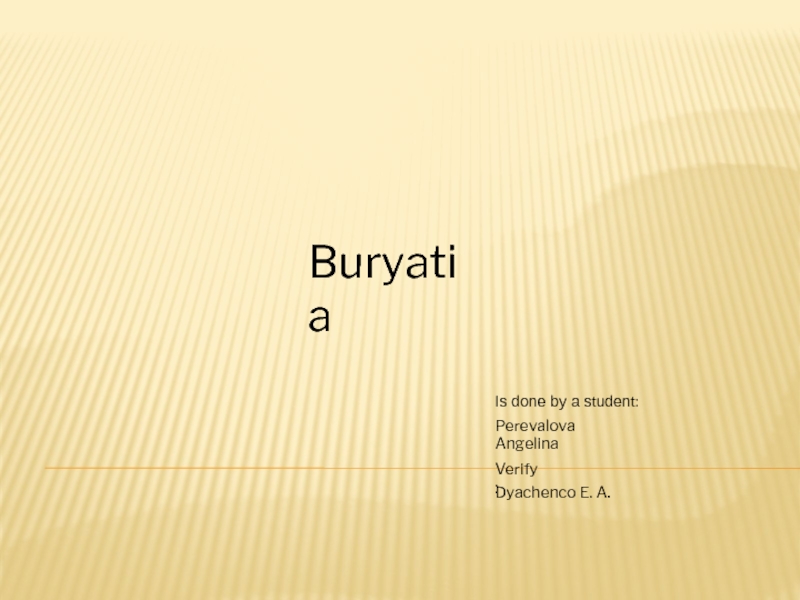
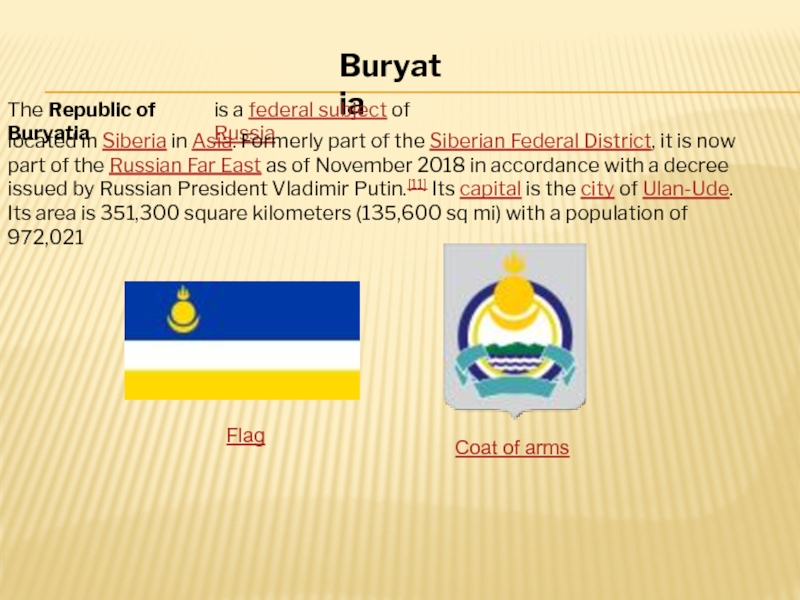
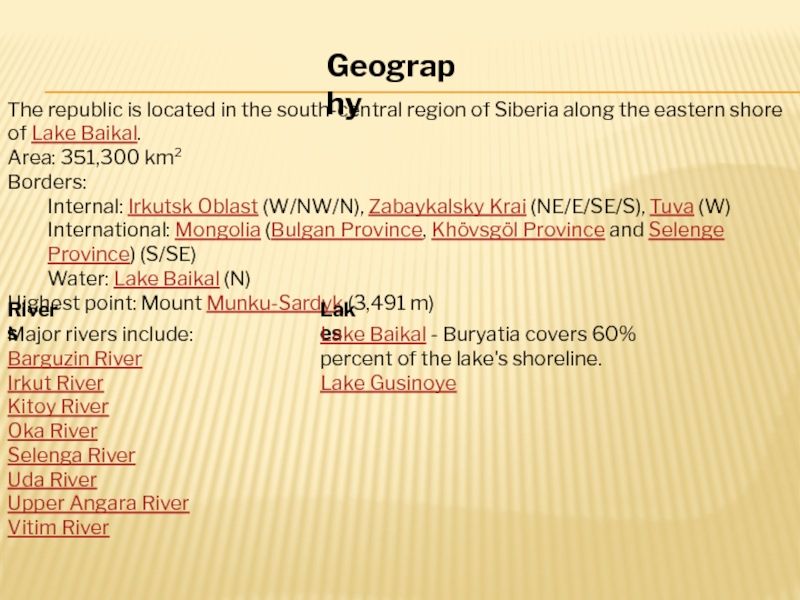
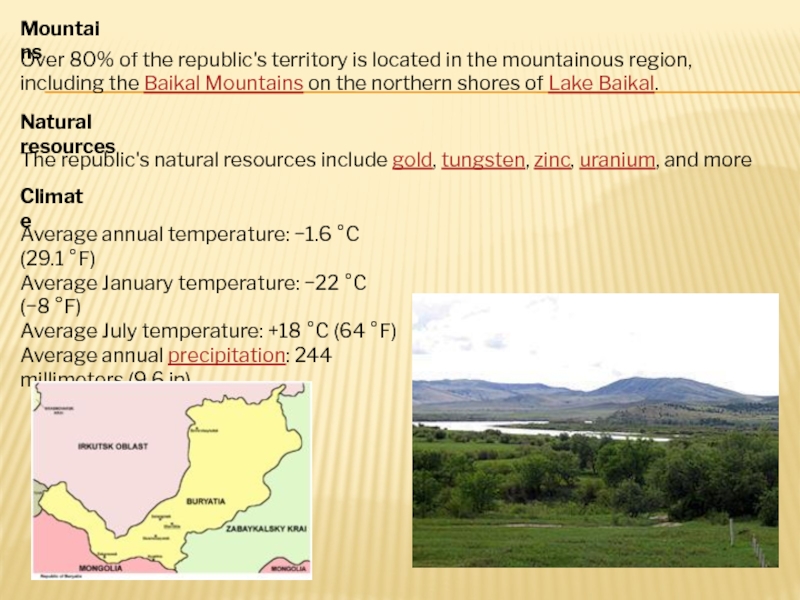
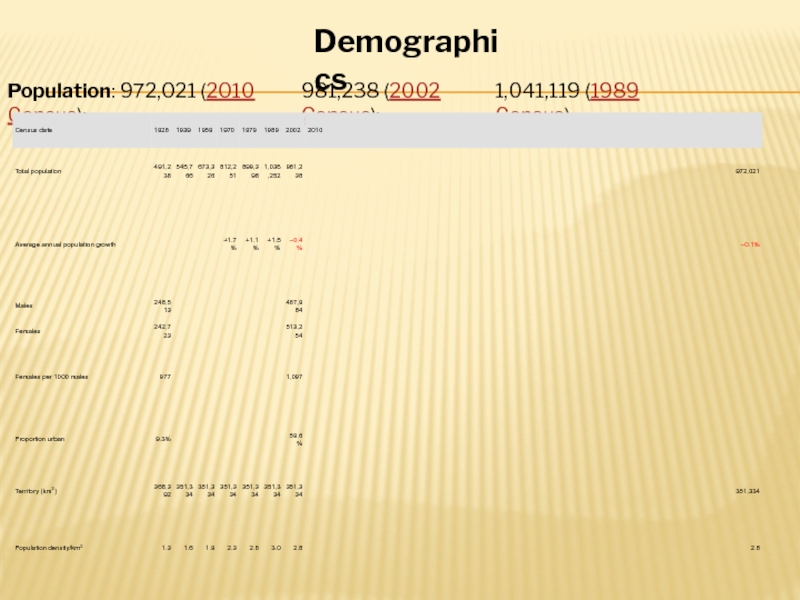
![Buryatia
I s done by a student :
Perevalova Angelina
Verify :
Dyachenco E. A HistoryMongolic-related Slab Grave cultural monuments are found in Baikal territory.[17] The HistoryMongolic-related Slab Grave cultural monuments are found in Baikal territory.[17] The territory of Buryatia has been governed](/img/thumbs/50d69c3e4b1b7123ea1a728a2c650a6d-800x.jpg)



